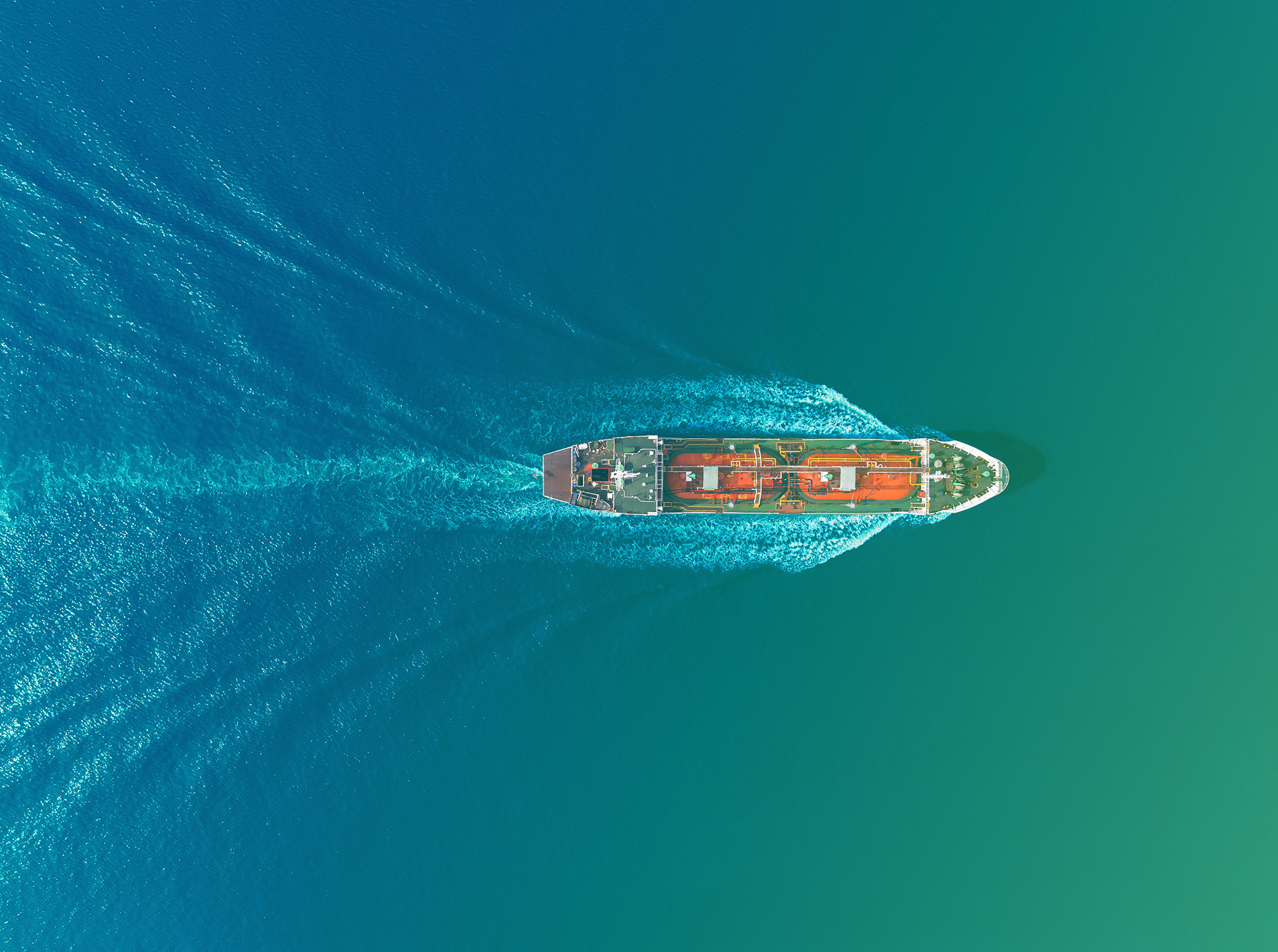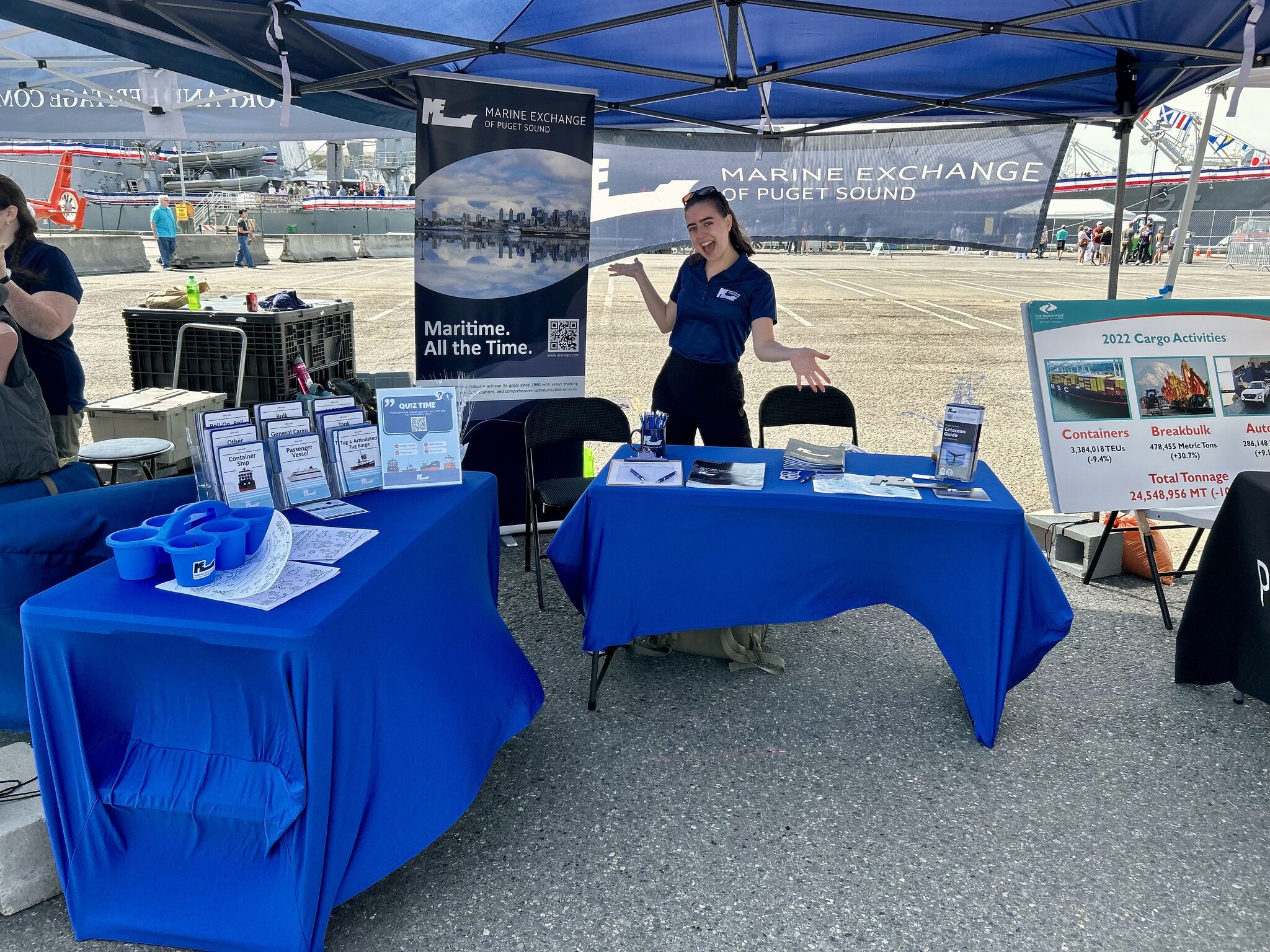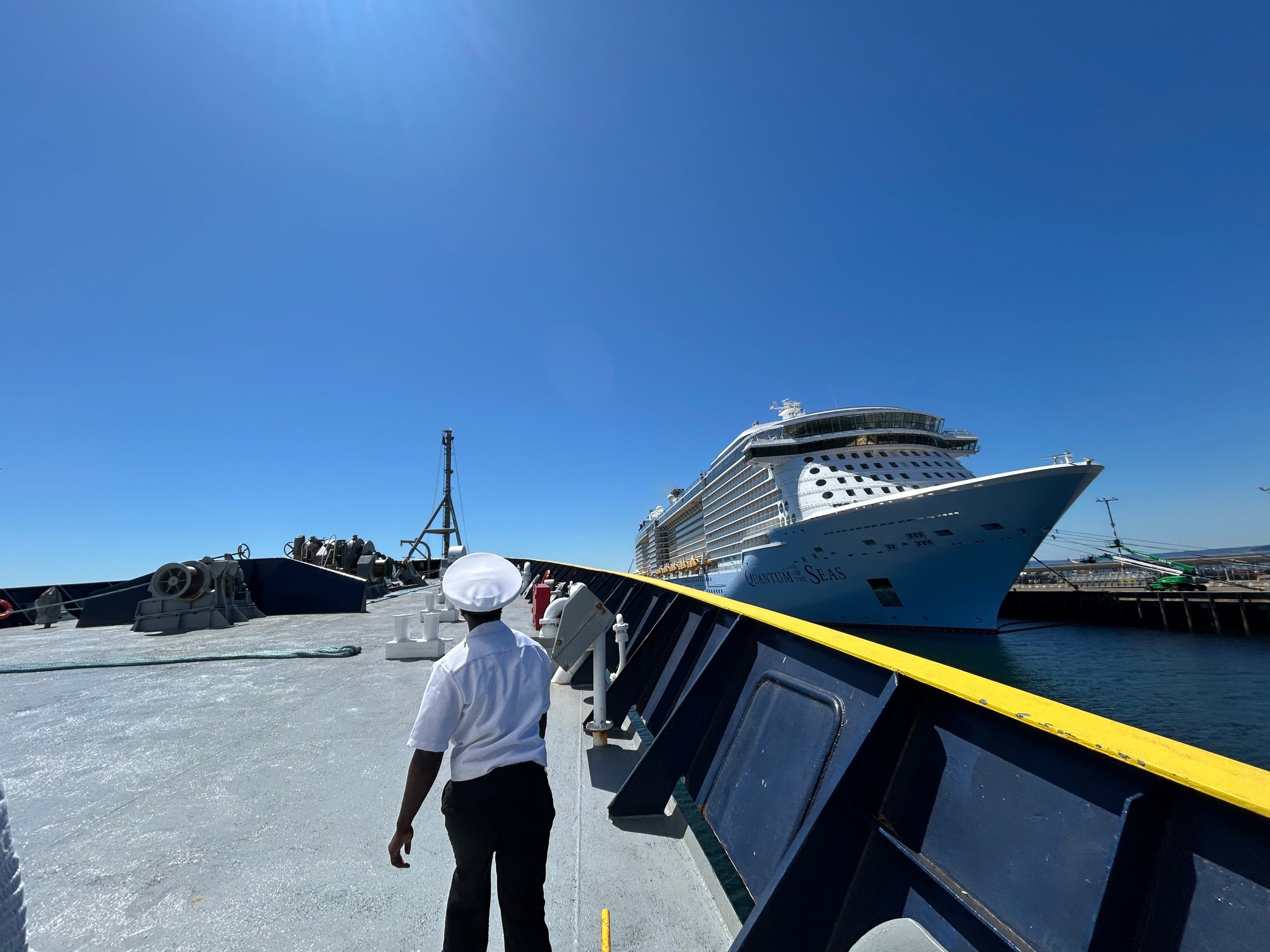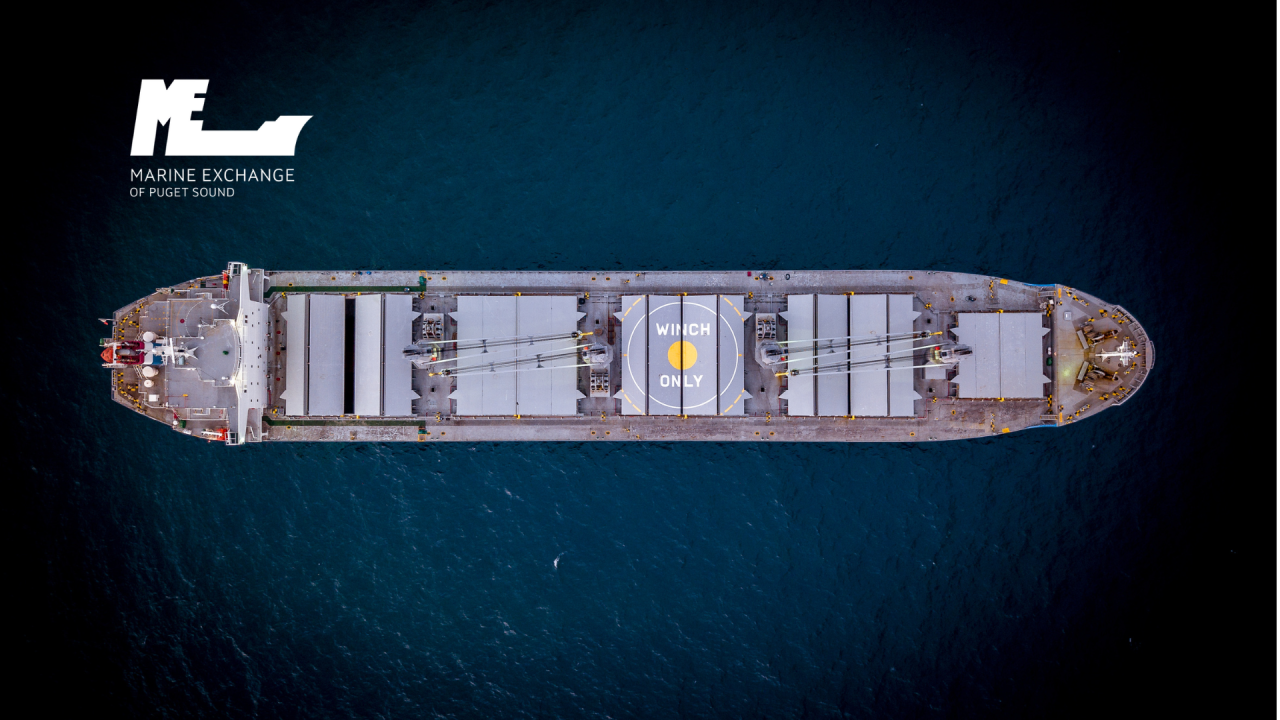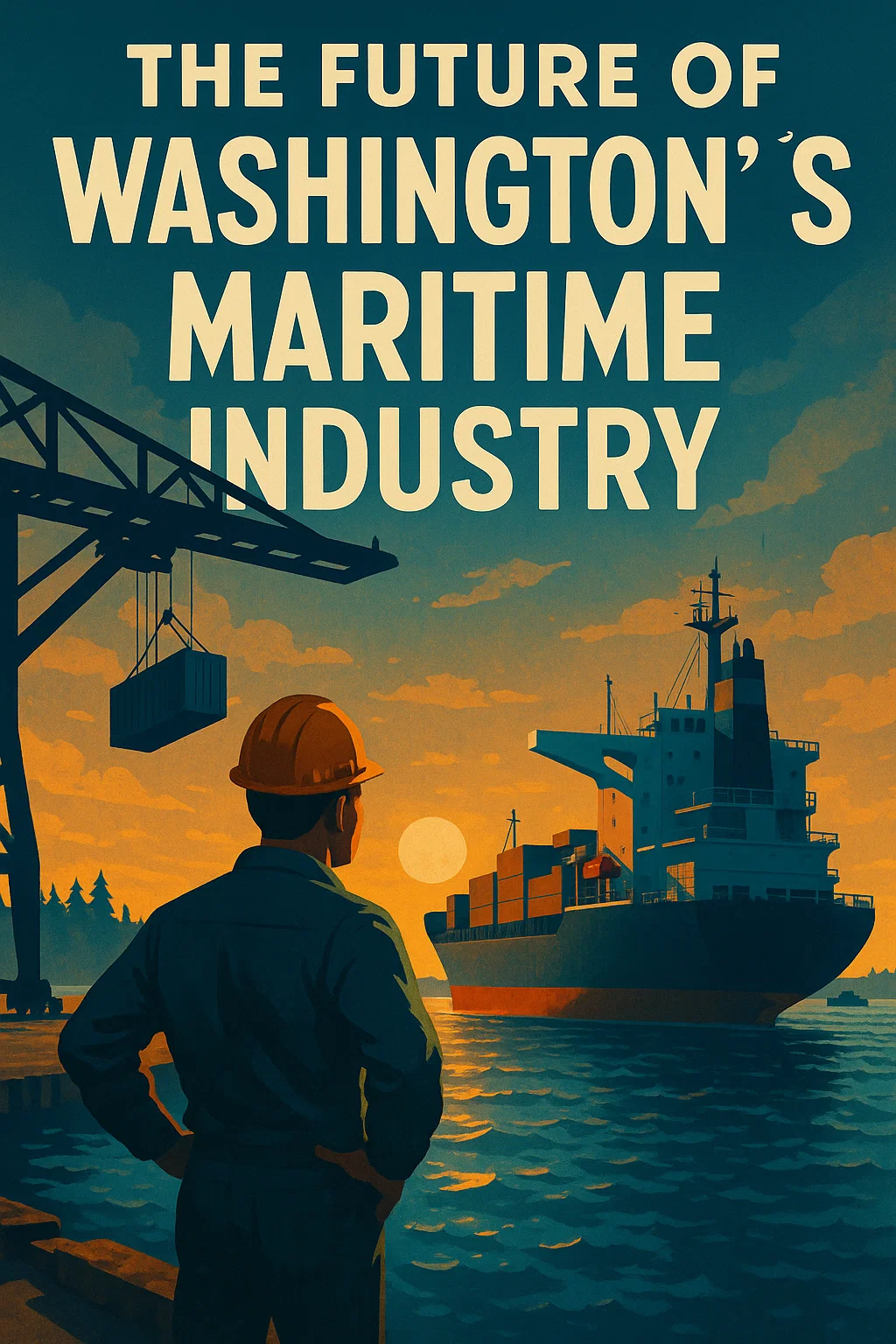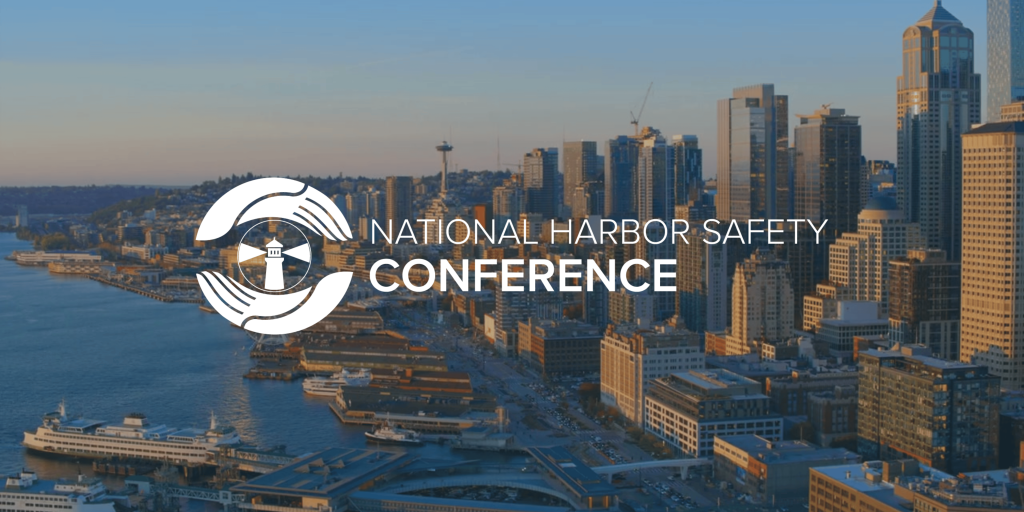1. DOT Takes Action on America’s $35 Billion Cargo Theft Crisis
The Department of Transportation has issued a critical call to action, opening a public comment period through October 20, 2025, seeking industry input on the escalating cargo theft crisis (DOT-OST-2025-1326-0001). This initiative couldn’t come at a more crucial time.
Cargo theft is costing the U.S. transportation system billions annually, involving both opportunistic “straight thefts” of trailers, containers, and loads at truck stops or multimodal distribution hubs and highly coordinated operations conducted by organized criminal networks. The impact extends far beyond financial losses—these crimes disrupt supply chains and in some cases fund broader illicit activities such as narcotics trafficking, counterfeiting, and human smuggling.
The Scale of the Problem
Industry data paints a disturbing picture of the crisis’s magnitude. An estimated 65,000 thefts occurred in 2024, representing about a 40% increase over the prior year. Looking ahead, industry leaders estimate cargo theft will rise 25% in 2025. This represents real disruptions to businesses and consumers alike and is essentially a tax built into the system.
I don’t know about you, but I’ve paid enough.
How You Can Help
The DOT is actively seeking input from:
- State, metropolitan, and local agencies
- Law enforcement
- Carriers, shippers, and drivers
- Warehouse operators (including at airports)
- Insurers
- The general public
Action Required: Submit your comments via Regulations.gov at the docket number DOT-OST-2025-1326 before the October 20, 2025 deadline. Your insights will help shape federal strategies to combat this growing threat.
2. Major Shipowners Revolt Against IMO’s Net-Zero Framework
In an unprecedented move that could reshape global shipping regulations, 15 major shipowners representing more than 1,200 ships and 150 million deadweight tons have issued a joint statement expressing “grave concerns” with the International Maritime Organization’s Net-Zero Framework. The signatories include industry giants like Frontline, GasLog, Bahri, and the Angelicoussis Group.
The Framework at a Glance
Approved at MEPC 83 in April 2025, the IMO Net-Zero Framework is the first in the world to combine mandatory emissions limits and GHG pricing across an entire industry sector. Starting in 2027, large ships will need to meet a new global fuel standard limiting greenhouse gas emissions per unit of fuel used, with goals to reduce fuel intensity by 43% by 2035 compared to 2008 levels.
Why the Revolt Matters
The shipowners’ concerns are both practical and economic:
- Unrealistic fuel requirements: The statement noted that shipping today consumes about 3% of global energy, but to meet 2040 targets under current proposals, the industry would require about 50% of expected global production of low-carbon hydrogen intended to serve all industries.
- Financial burden: The proposals would raise $20-30 billion annually by 2030 but could “quickly” accumulate more than $300 billion by 2035 if the global fleet lags targets “by as little as 10%.”
- Implementation impossibility: The owners argue that “these fundamental issues cannot be resolved by emerging guidelines post-adoption.”
Implications for the Industry
This revolt comes at a critical time, with the framework scheduled for formal adoption at an extraordinary IMO meeting from October 14-17, 2025. The Trump Administration has already unequivocally rejected the proposal, calling it “effectively a global carbon tax on Americans” and threatening retaliation against nations that support it.
For supply chain managers, this regulatory uncertainty creates significant challenges for long-term planning, vessel investments, and fuel strategy decisions. The adoption or rejection of this framework will fundamentally impact shipping costs and operations for decades to come.
Close to home, the Port of Seattle has supported the adoption of alternative marine fuels for years. This statement and lack of support from carriers signals trouble for both the IMO and the Port of Seattle. We can develop all the methanol in the world (for example), but if there is no customer base or safety framework in place, who will be consuming it?
Alternative Fuels is one of 10 topics planned for the National Harbor Safety Conference next March 24-26th at Bell Harbor in Seattle.
Here’s the full list:
- Federal Agency Perspectives
- Understanding Alternative Fuels
- Shipboard Firefighting
- Harbor Safety Committee Challenges
- The Fragility of the Marine Transportation System
- Coordinating Live Exercises
- Maritime Workforce Development
- Leveraging Existing Safety Campaigns
- Lessons Learned from the Francis Scott Key Bridge Allision and Collapse
- There’s No Wrong Way to Do It (Harbor Safety Committee Perspectives)
3. I-5 Bridge Replacement: A Case Study in Infrastructure Crisis
The Interstate 5 Bridge Replacement project between Portland and Vancouver has become a cautionary tale of infrastructure planning gone awry, with direct implications for Pacific Northwest shipping and trade.
Spiraling Costs and Delays
Project planners originally estimated the price tag would range from $5 billion to $7.5 billion, with a likely figure of around $6 billion. But legislators now expect the total could reach $10 billion as costs have escalated 30% on transportation projects in the Seattle and Portland regions in recent years.
The timeline has slipped significantly as well. A final environmental review originally supposed to conclude in 2025 is now expected in 2026, with cars potentially not crossing a new bridge until 2032 or 2033. Meanwhile, Vancouver Mayor Anne McEnerny-Ogle warned that construction delays would cost $1 million per day.
Why This Matters for Maritime Trade
The I-5 bridge is a critical link in the Pacific Northwest’s supply chain infrastructure:
- Freight mobility: The current bridge creates bottlenecks for trucks moving between the ports of Portland, Vancouver, and Seattle
- Port access: Delays and congestion impact container drayage and bulk commodity movements
- Regional competitiveness: Infrastructure failures make PNW ports less attractive compared to Southern California alternatives
- Economic impact: IBR Program investments aim to improve freight mobility through interchange design improvements and auxiliary lanes to help freight move through the corridor more safely and efficiently.
Political Headwinds
Washington state Rep. John Ley has reached out to U.S. Transportation Secretary Sean Duffy to encourage scrutiny of the project and consider clawing back the $2.1 billion in federal grant dollars. This political uncertainty, combined with cost overruns and delays, exemplifies the broader infrastructure challenges facing American supply chains.
Risking the obvious, we need to get this bridge built. I think a worthy study here is not IF we need certain projects or investments but WHY they become so expensive with increasingly feeble results.
Sam Kaplan from the Center of Excellence of Global Trade and Supply Chain Management in Washington state discusses this phenomenon of rising costs with diminishing returns on a recent Maritime Morning Brief podcast.
Weekly Ship Count Update
From our latest weekly roundup, vessel arrivals at Pacific Northwest ports show mixed patterns:
Berth Arrivals by Port (Week-over-Week)
- Seattle: 23 arrivals (↓1)
- Tacoma: 20 arrivals (↑2)
- Cherry Point: 6 arrivals (↑1)
- March Point: 6 arrivals (↑1)
- Total PNW: 63 arrivals (↓2)
Container vessel calls remained relatively stable at 15 arrivals, while vehicle carriers showed a bump up with 8 arrivals (↑3). Tanker traffic increased slightly to 13 arrivals, reflecting steady energy commodity flows through regional refineries.
Looking Ahead: Strategic Considerations
These three issues (cargo theft, shipping regulations, and infrastructure) represent interconnected challenges requiring coordinated responses:
- Risk Management: Supply chain managers must factor in increased security costs, potential regulatory compliance expenses, and infrastructure-related delays into their planning
- Modal Flexibility: With trucking facing theft risks and infrastructure bottlenecks, consider alternative transportation modes where feasible
- Regulatory Engagement: The comment periods for both DOT’s cargo theft initiative and IMO’s framework represent opportunities to shape policy
- Infrastructure Advocacy: Support realistic, funded infrastructure projects that enhance rather than complicate supply chain operations
- Technology Investment: Consider solutions that provide real-time visibility, enhance security, and optimize routing around infrastructure constraints
Conclusion
The supply chain landscape of late 2025 demands unprecedented agility and strategic thinking. From protecting cargo against sophisticated theft rings to navigating the uncertain waters of environmental regulation and managing around crumbling infrastructure, today’s supply chain professionals face challenges on multiple fronts.
The key to success lies in active engagement, whether commenting on proposed regulations, investing in security measures, or advocating for sensible infrastructure solutions. The decisions made in the coming months, particularly around the IMO framework and major infrastructure projects, will shape supply chain operations for years to come.
Stay informed, stay engaged, and most importantly, make your voice heard in these critical policy discussions. The October 20 deadline for DOT cargo theft comments and the October 14-17 IMO meeting represent immediate opportunities to influence the future of our industry.


